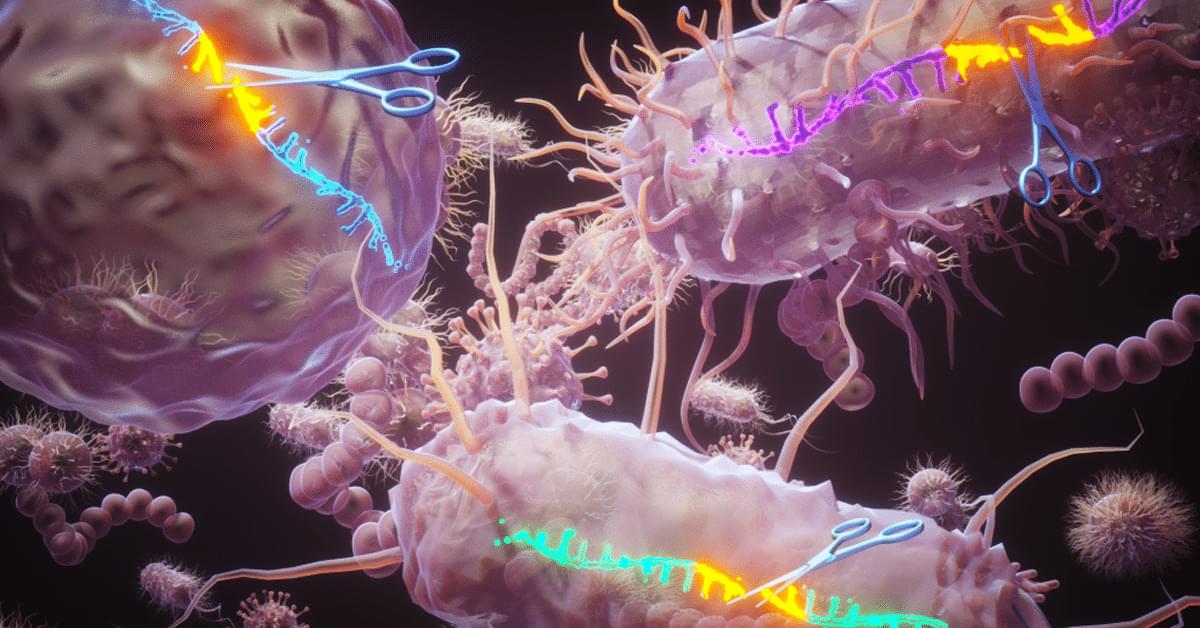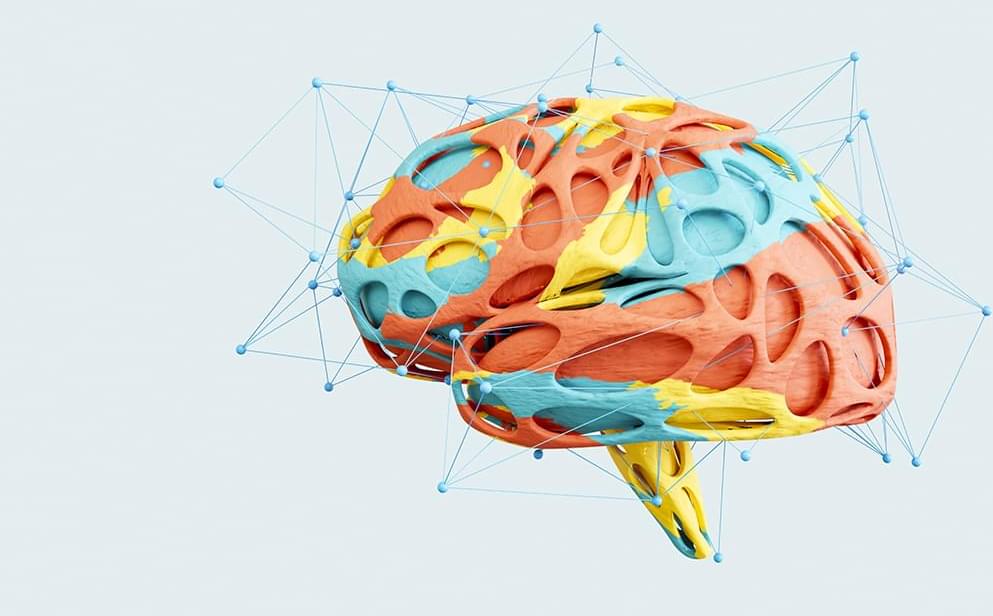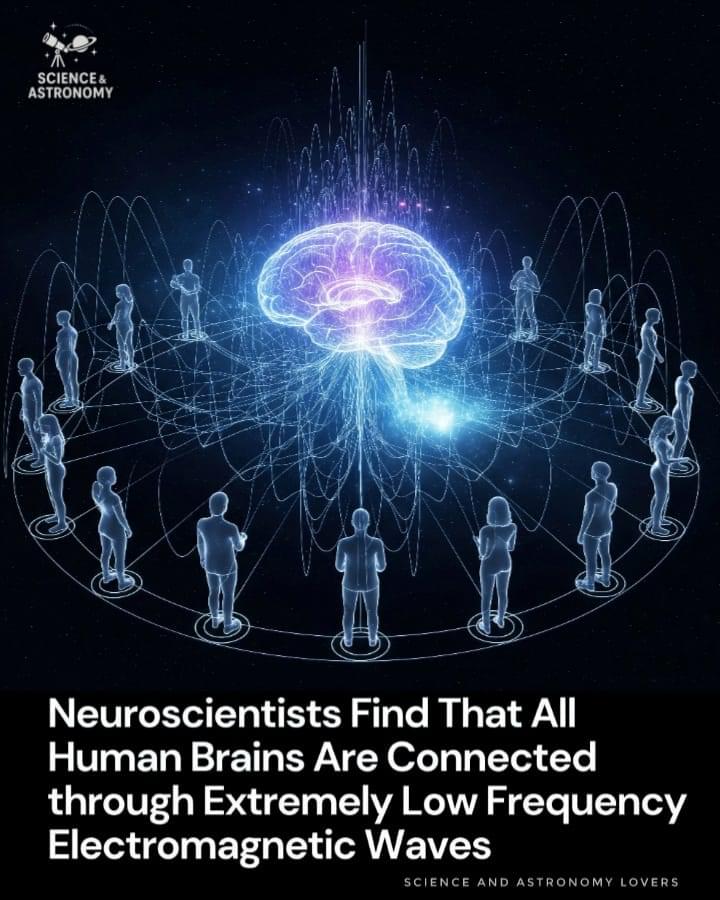Cosmic twist: Ursa Major III is hiding a black hole core, and not dark matter.
A study has found evidence suggesting that Ursa Major III is actually a compact star cluster containing a black hole core.






IN A NUTSHELL 🚀 Venus Aerospace has tested a Rotating Detonation Rocket Engine, marking a milestone in propulsion technology. ⚡ The engine relies on supersonic explosions to generate thrust, offering higher efficiency than traditional methods. ✈️ The integration with the VDR2 ramjet could enable hypersonic vehicles to take off and land from conventional runways. 🌐




For centuries, philosophers and scientists have speculated about the mysterious connections between human minds. Now, new research in neuroscience suggests that our brains may be linked in a very real, physical way — through extremely low frequency (ELF) electromagnetic waves.
Neuroscientists studying brain activity have found that the human brain not only generates its own electrical signals but also emits faint electromagnetic waves at extremely low frequencies. These ELF waves, which typically range from 1 to 30 Hertz, are so subtle that they were once thought to be biologically insignificant. However, recent experiments show that these signals can extend beyond the skull and interact with the electromagnetic environment around us.
What’s even more remarkable is that similar ELF patterns appear across different individuals, raising the possibility that brains can “tune in” to each other through this shared frequency spectrum.